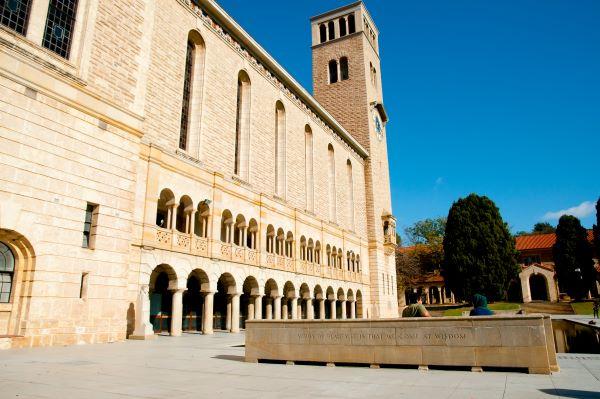The peak body for Australia’s university sector has welcomed the government’s move to place new entry requirements on Chinese visitors.
Health Minister Mark Butler on Monday announced Chinese travellers would have to return a negative COVID-19 test within 48 hours of departure from Thursday as cases spiked after Beijing dismantled restrictions.
Universities Australia Chief Executive Catriona Jackson said the new policy is a “sensible measure in response to the evolving situation in China and mirrors what other countries are doing.”
Jackson noted that the decision does not close the door to Chinese students returning to Australia to start or continue their university studies.
“China is our biggest market of international students, yet around 36 percent enrolled in our universities remain outside of the country,” she said.
“Australia’s universities are ready to welcome back international students, and we will be working closely with the government and students to ensure their safe return to our campuses.”
She also noted that it was imperative for Australian universities to recover the position of strength they held in the market prior to the pandemic.
“COVID-19 is highly unpredictable and can have significant health, social and economic costs, as we have learned over the last two years,” she said.
Australian Education Sector Vital to Economic Growth
Education is Australia’s largest services export—contributing over $40 billion (US $27 billion) to the country’s economy and supporting 250,000 jobs in 2019.
Australia’s onshore international education sector is expected to have 940,000 enrolments by 2025, which equates to a compounding annual growth rate of 3.8 percent, according to the Australian government’s data.
Meanwhile, the international education sector’s contribution to export earnings is forecast to almost double in excess of $33 billion by 2025.
Butler said he welcomed China opening its borders and allowing citizens to travel once again, with a spike in travellers expected in Australia.
He also noted it was “a very modest, balanced decision.”
“I know that hundreds of thousands of Australians of Chinese descent, in particular, are particularly looking forward to the opportunity to reunite with family and friends,” he told Seven’s Sunrise program.
“So this is a very positive development, but we need to ensure that we have the information we need to protect the health of Australians.”
The move comes after the U.S. government announced on Dec. 28 that, starting on Jan. 5, all travellers from China will be required to take a COVID-19 test no more than two days before travel and provide a negative test before getting on their flight.
U.S. officials said that the Chinese regime’s lack of transparency during the current outbreak was a key factor for the imposition of the new travel restrictions.
On Dec. 30, the UK government also announced from Jan. 5, people flying from mainland China to England will be asked to take a pre-departure test taken no more than two days prior to departure.



